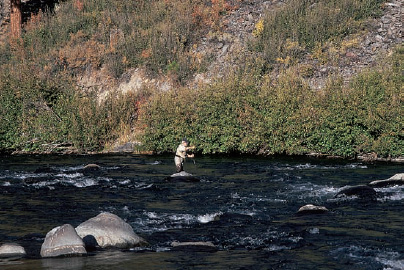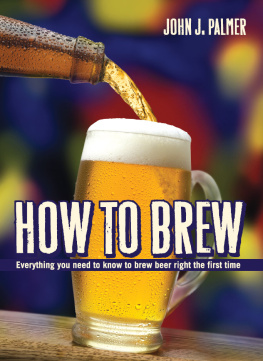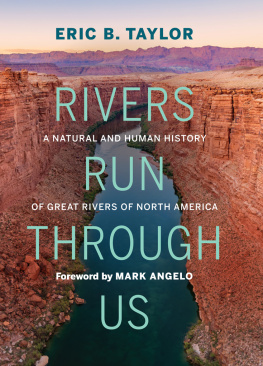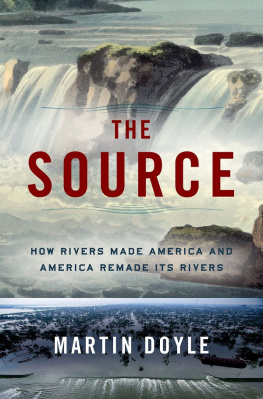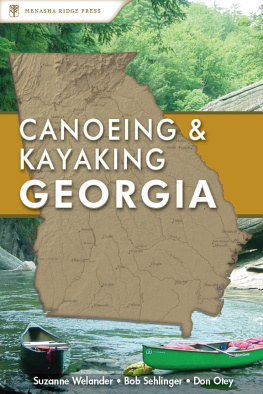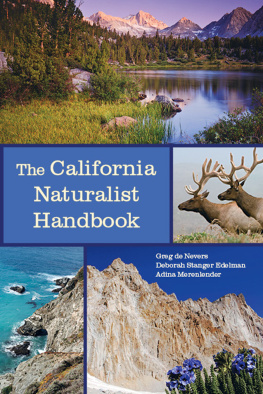CALIFORNIA NATURAL HISTORY GUIDES

FIELD GUIDE TO CALIFORNIA RIVERS
California Natural History Guides
Phyllis M. Faber and Bruce M. Pavlik, General Editors
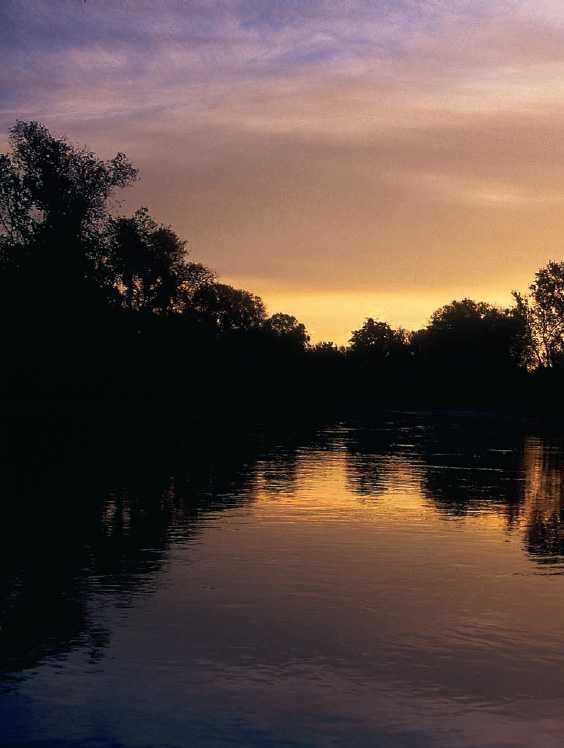
University of California Press, one of the most distinguished university presses in the United States, enriches lives around the world by advancing scholarship in the humanities, social sciences, and natural sciences. Its activities are supported by the UC Press Foundation and by philanthropic contributions from individuals and institutions. For more information, visit www.ucpress.edu.
California Natural History Guide Series No. 105
University of California Press
Berkeley and Los Angeles, California
University of California Press, Ltd.
London, England
2012 by The Regents of the University of California
All photos 2012 by Tim Palmer
Library of Congress Cataloging-in-Publication Data
Palmer, Tim, 1948
Field guide to Californias rivers / Tim Palmer.1st ed.
p. cm.(California natural history guides)
Includes bibliographical references and index.
ISBN 978-0-520-26643-8 (hardback)ISBN 978-0-520-26644-5 (paper)
1. RiversCaliforniaGuidebooks. 2. RiversCaliforniaPictorial works.
3. Natural historyCalifornia. I. Title.
GB1225.C3P348 2012
551.48'309794dc23 2011037538
Manufactured in China
16 15 14 13 12
10 9 8 7 6 5 4 3 2 1
The paper used in this publication meets the minimum requirements of ANSI/NISO Z39.48-1992 (R 1997) (Permanence of Paper).
Cover image: Klamath River. Photo by Tim Palmer.
Title page image: Stanislaus River in the Central Valley. Photo by Tim Palmer.
The publisher gratefully acknowledges the generous support of
the Gordon and Betty Moore Fund
in Environmental Studies
and
the General Endowment Fund
of the University of California Press Foundation.
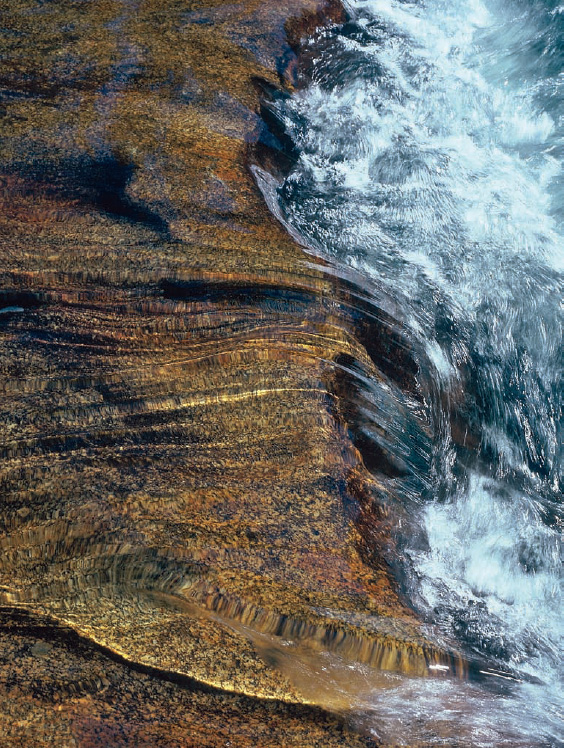
CONTENTS
WELCOME TO THE WORLD OF CALIFORNIA RIVERS
From the Pacific Coast to the desert, silvery riffles, thrilling whitewater, and peaceful winding ribbons of life all appeal to me, and I think that they call to many of us: Come and explore! Learn about these vital waterways. Enjoy these valleys and canyons from their mountaintop origins down to their tidal estuaries.
The states 90 named rivers plus hundreds of forks, branches, and smaller tributariesall considered rivers in this bookform a 172,000-mile network of flowing water that provides for our city and farm needs, sustains fish and wildlife, and gives us an opportunity to walk along the riparian edge, to fish for sport and for dinner, and to paddle with the flow for a few hours, days, or weeks. Some streams grace the greenways of cities, some drift through farmland, and many plunge from mountain ranges with memorable passages through enchanting terrain.
Unequalled in its breadth of climate, geography, and habitat, California has the most diverse system of rivers in America. Scores of major streams and thousands of small ones carry runoff from mossy forests receiving 100 inches of rain a year and also in the driest of deserts where alkali washes are rarely dampened. Streams flow from the height of Mount Whitneyhighest peak in 48 statesand to sea-level estuaries where they replenish the ocean and complete the hydrologic cycle.
Superlatives apply to many streams. The powerful Klamath is the largest relatively intact watershed on the West Coast and the largest river mouth thats completely naturalno jetties or dredged harbor. The American River has one of the most-used urban river greenways in the country, and its South Fork has some of the most-paddled rapids. The Merced plunges over an incomparable collection of waterfalls in Yosemite National Park. The Tuolumne offers an unequalled canyon hike and a premier whitewater run. The Kings has the greatest undammed vertical drop in the nation and the deepest canyon. The free-flowing mileages of the Klamath, Sacramento, and Eel are among the longest on the West Coast. This short list of superlatives offers just a sample.
Taking it all in, Field Guide to California Rivers presents an introduction to the states free-flowing waters. Think of it as a reference for play no matter what your age or abilities, for work if youre professionally involved with rivers, and for daily living if you simply want to know more about your watery backyard. If youre a river enthusiast of any kindor if you want to bethis handy field guide and sourcebook was made for your bookshelf, boat, backpack, and car. Rivers can give us all the opportunity to see and enjoy the outdoors close to home without the costs that longdistance trips entail.
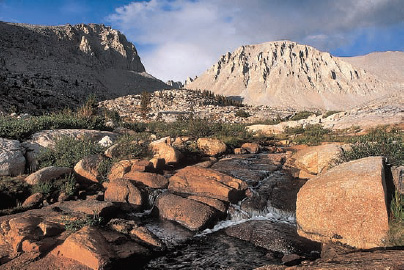
Whitney Creek flows from Californias highest peak.
Beyond its useful and playful modes, this book is also intended to fill another need. With massive damage already done to our rivers and more on the way, these are not ordinary times. So the following pages will arm the reader with information and insights to bolster both appreciation and involvement. More fundamentally, our impressions of places are often formed principally by the human history of what has happened there, along with the current clutter of artifacts from our society, and those impressions can lack an awareness of the natural environment that makes all life possible. This book humbly aims to reorient that perspective and give the rivers and their life-giving nature the spotlight. Let me say this another way: if we know a river only as the source of gold that was mined, then we might expect nothing else from that stream. But if we know it as a place that has nourished an abundance of life and represented the finest of beauty since the beginning of time, then we will expectand perhaps demandthat the life and beauty of the stream be sustained, protected, or restored for all the generations to come.
With thoughts such as these in mind, Ive explored and enjoyed streams throughout the state for the past 40 years. Wanting to see it all, Ive paddled my canoe or rowed my whitewater raft on 50 different rivers and streams, and hiked along the shorelines of many other waterways wherever I could find trails and in a lot of places where I couldnt. Guidebooks of various kinds were helpful for boating, fishing, or hiking, but none offered a revealing overview or covered all these activities. None provided a context for enjoying or learning about the rivers in all the complexity of their nature. Through these years Ive also written about rivers and photographed them for other books, and along the way Ive consulted hundreds of sources and interviewed dozens of experts. All this has enhanced my appreciation and ongoing experience with rivers. Drawing from that background, this book combines the most useful, interesting, and important information for each stream.
